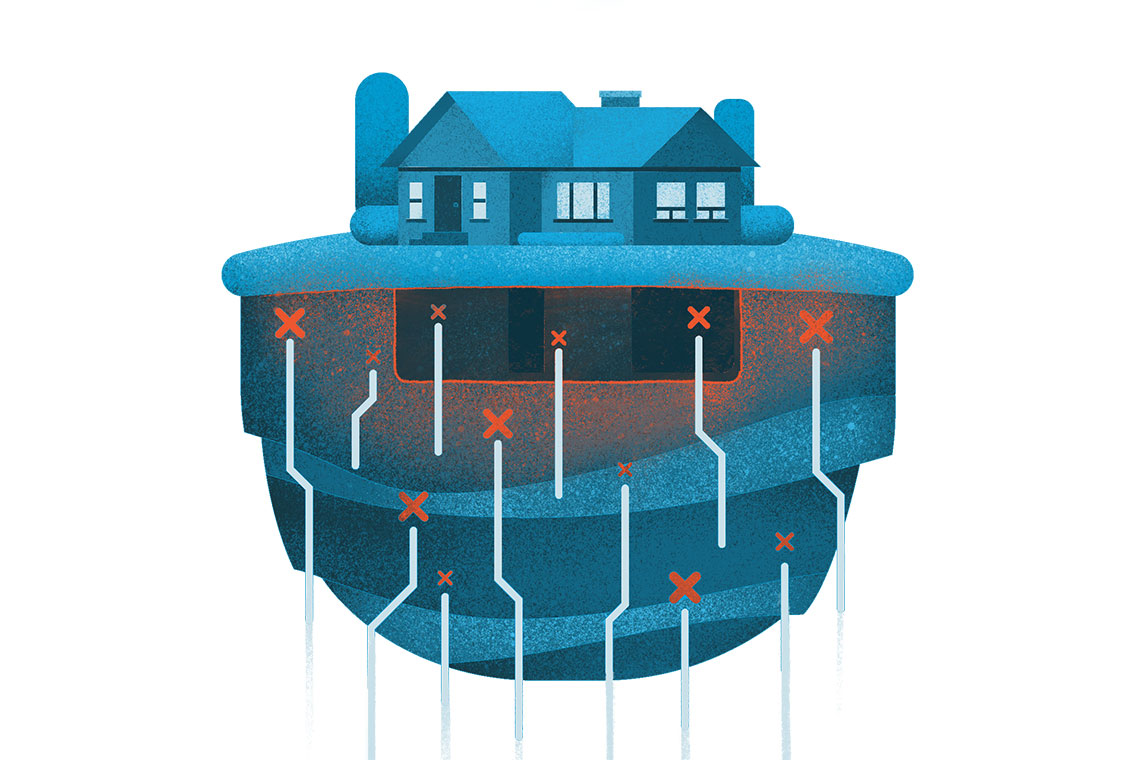
Feb. 10, 2022 | CREB
SPONSORED: Five things homeowners need to know about radon gas
Alberta has one of the most radon-exposed populations on the planet, leading to many preventable lung cancer diagnoses each year. This is why it is important to learn how to identify and reduce indoor radon levels.
There is one radon-related lung cancer diagnosis in Alberta every day, yet many people have never heard of this odourless, colourless and carcinogenic gas.
Thankfully, Great West Radon is here to help educate homeowners about how easy it is to prevent long-term radon exposure.
Here are five things homeowners need to know about radon gas:
1) Testing is inexpensive
Long-term radon test kits cost as little as $45. This price includes the device, shipping, lab analysis and a pre-addressed envelope (return shipping to the lab costs an additional $10). Long-term test kits require the device being left out for a minimum of 90 days. Once that time has passed, the device can be sent back to the lab for analysis and results will be sent back via e-mail. There are digital monitors available for purchase as well, but these cost more because they can provide preliminary results in as little as 24 hours (no lab analysis necessary). Digital monitors start at $195 and vary in price depending on features included. These devices provide you with short-term results, but also keep records towards your long-term average. Both long-term test kits and digital monitors can be purchased from Great West Radon’s online store.
2) Long-term testing is key
Radon fluctuates quite drastically with changes in temperatures, pressure and season. That is why it is important to take a minimum 90-day average, particularly during the “heating season” (October to April), to ensure you know your maximum exposure. Radon results tend to be highest in winter when doors and windows are closed a majority of the time. This is due to very little fresh air being introduced to the house, as well as little of the indoor air being able to vent outside.
3) Radon gas is dangerous
The most common long-term health effect caused by high radon levels over a long period of time is lung cancer. Radon gas is the leading cause of lung cancer in non-smokers in Canada and claims 3,300 lives per year. Canada’s Prairie provinces are at particular risk due to uranium deposits in the ground our homes are built on. We are the number-two radon-exposed population in the world behind only Poland.
4) What levels are safe?
Health professionals and researchers, as well as the World Health Organization, suggest acting at 100 Bq/m3, as that is the point at which the risk of lung cancer significantly increases in the long term. Health Canada’s maximum allowable indoor levels are 200 Bq/m3.
5) What do I do if my levels are high?
Installing a sub-slab depressurization system for radon mitigation is the best way to reduce your radon levels by up to 95 per cent. Radon mitigation systems should be installed by C-NRPP certified, insured and experienced professionals using proper materials and procedures. The average cost associated with a properly installed system is between $2,000 and $3,000 – book a free quote today!




